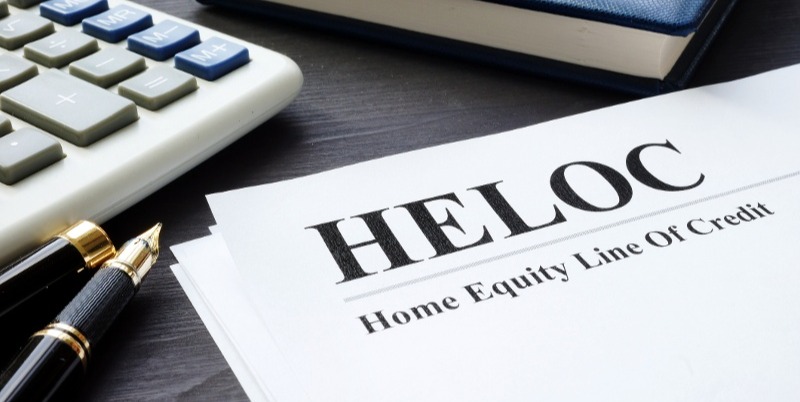- 7 17 Staff
How to Utilize Your HELOC to Streamline Your Debt

When debt grows beyond your ability to pay it off in a matter of months — or, in some cases, years — it’s time to consider other options for paying off that debt, managing the amount of interest you’re charged and building a plan to settle this debt and get your finances back on track.
In most cases, making monthly payments isn’t enough to manage this debt. To get away from the high interest rates that credit cards and other types of debt charge — and to simplify payments made toward your debt — most consumers benefit from some form of debt consolidation.
When it comes to consolidating debt, a home equity line of credit (HELOC) may be a great option for reducing interest paid, controlling your repayment plan and achieving other important goals.
If you need to consolidate debt and you own a home, here’s a look at the process of using a HELOC to help dig your finances out of debt.
How HELOC Debt Consolidation Works
With a home equity line of credit, homeowners essentially open their own credit line that is based on the equity they have built up in their home.
Banks and credit unions issue HELOCs at a much lower rate than credit cards, even though both function as revolving accounts. If your bank approves you for a $20,000 HELOC, for example, this is a line of credit available to you. You won’t be charged interest unless you use some or all of that credit line to cover other expenses, which may include debt consolidation.
Even when using this credit line, the cost will be much lower than a credit card and likely lower than many personal loan options you may qualify for. With rates comparable to the cost of a mortgage, you can dramatically reduce the interest you pay over your repayment period.
And, after you’ve paid off what you owe, you will still have the HELOC available in the event of future expenses or other financial emergencies, which improves your long-term financial stability.
Pros and Cons of Using a HELOC for Debt Consolidation
While a HELOC may be the best loan consolidation option for many consumers looking to pay down debt, the advantages and disadvantages should be considered before choosing a HELOC or any other option to consolidate debt.
Pros
The pros of using a HELOC for debt consolidation include a lower interest rate, flexible repayment options and the ability to potentially take a tax deduction for home equity loan interest.
Cons
Repayment can still be costly depending on your length of repayment. In addition, the reduced equity in your home removes some of your financial flexibility and could put you at an increased risk of bankruptcy and/or foreclosure on your home. If your home’s market value drops, for example, you could end up underwater with your home, meaning you owe more than it is worth.
What To Expect When Applying for a HELOC
Since your home serves as collateral for a HELOC, this line of credit is usually easy to get approved for, even if you have bad credit. Keep in mind, though, that the steps involved mean that it can still take weeks from the time you apply for a HELOC to the time you get approved for one.
After submitting an application, your lender will need to verify your income and other financial information and will likely order a home appraisal to verify the value of your home. Once the appraisal is received, the HELOC will be approved and finalized.
While you can’t get money overnight, a HELOC still offers relatively fast access to a large sum of money to fund your debt consolidation needs.
As you compare HELOC rates from different lenders, make sure you check out the HELOC options offered at your local credit union. Not a member? Join your local credit union by opening a checking account today.
